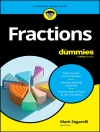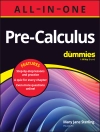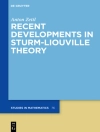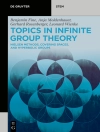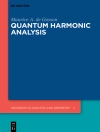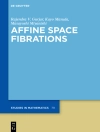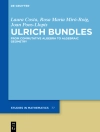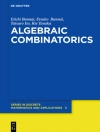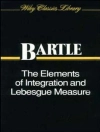This book is devoted to analyze the vibrations of simpli?ed 1? d models of multi-body structures consisting of a ?nite number of ?exible strings d- tributed along planar graphs. We?rstdiscussissueson existence and uniquenessof solutions that can be solved by standard methods (energy arguments, semigroup theory, separation ofvariables, transposition, …).Thenweanalyzehowsolutionspropagatealong the graph as the time evolves, addressing the problem of the observation of waves. Roughly, the question of observability can be formulated as follows: Can we obtain complete information on the vibrations by making measu- ments in one single extreme of the network? This formulation is relevant both in the context of control and inverse problems. Usingthe Fourierdevelopmentofsolutionsandtechniquesof Nonharmonic Fourier Analysis, we give spectral conditions that guarantee the observability property to hold in any time larger than twice the total length of the network in a suitable Hilbert space that can be characterized in terms of Fourier series by means of properly chosen weights. When the network graph is a tree, we characterize these weights in terms of the eigenvalues of the corresponding elliptic problem. The resulting weighted observability inequality allows id- tifying the observable energy in Sobolev terms in some particular cases. That is the case, for instance, when the network is star-shaped and the ratios of the lengths of its strings are algebraic irrational numbers.
Mục lục
Preliminaries.- Some Useful Tools.- The Three String Network.- General Trees.- Some Observability and Controllability Results for General Networks.- Simultaneous Observation and Control from an Interior Region.- Other Equations on Networks.- Final Remarks and Open Problems.


